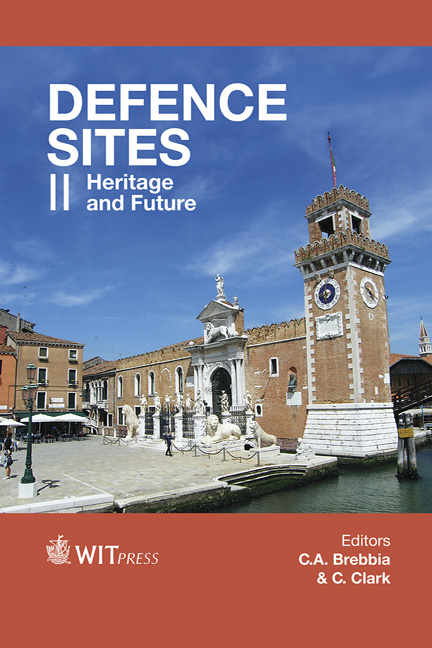The Ecological Footprint And The Evolution Of Some Roman Sites On The Danube River
Price
Free (open access)
Transaction
Volume
143
Pages
13
Page Range
3 - 15
Published
2014
Size
1800 kb
Paper DOI
10.2495/DSHF140011
Copyright
WIT Press
Author(s)
D. Constantinescu, A. B. Carlan
Abstract
In the present paper the authors are following up previous studies regarding the Roman defence sites along the Danube River and the influence of the environmental changes on their evolution. Ancient roman military and civilian buildings are relevant examples of the manifold sites, which were included in the economic and defensive system of the Roman Empire. There are many witnesses confirming the strength and complexity of these architectures, but, at the time, they were partially or totally destroyed. An important factor may be considered the defensive function, but it is not enough. Other important elements explaining the degradation of the sites may be considered to be environmental and climatic changes as well as the ecological footprint. Developing these hypotheses, along with studying the historical documents, the authors have discovered data about the dynamism, traditions and culture of the analysed sites. The comparisons with similar sites located on the Rhine River are also of interest. An innovation proposed in the article is the evaluation of the material and energy capacities, using specific engineering and technical instruments, which may be an important application in the determination of the ecological footprint. Particular kinds of energy and material resources are evaluated in correlation with the informational feedback using the theory of the systems as an analytical tool. It is proposed to explore the particularities of this challenging and enigmatic example of the European patrimony, attending the outlook of the ecological parameters.
Keywords
Roman, defence site, environment, changes, energetic balance, consumption, ecological fingerprint, footprint, Danube





